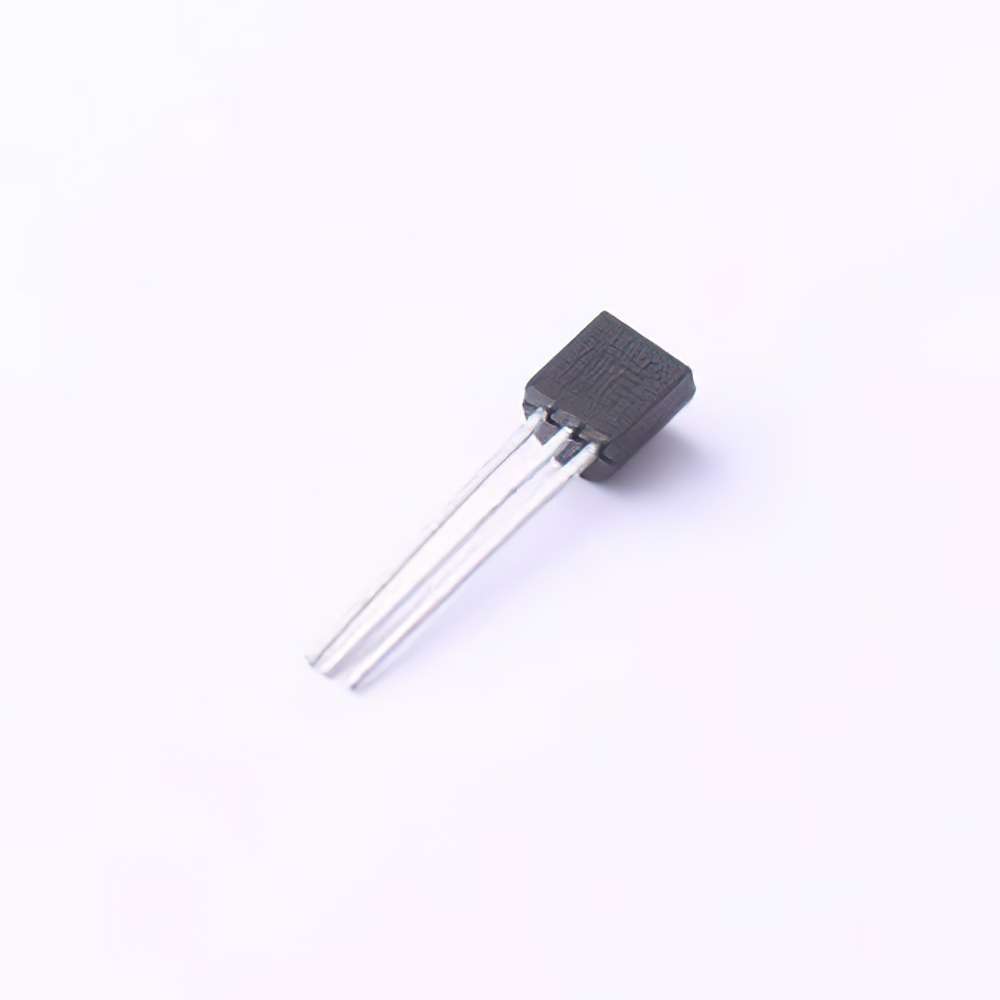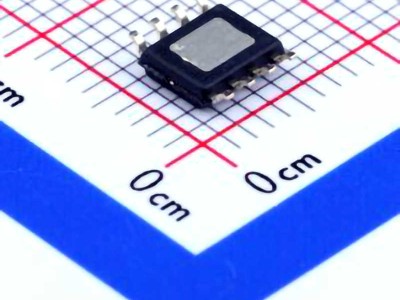
Sure! Here is the first part of your soft article.
Understanding the DS18B20 + and Common Problems
The DS18B20+ is a widely used 1-Wire digital temperature Sensor known for its accuracy, ease of use, and low cost. It is commonly used in various DIY electronics projects, such as smart home devices, weather stations, and scientific experiments. However, despite its robustness, users occasionally run into issues when setting up or using the DS18B20 + sensor.
To help you get the most out of your DS18B20+ sensor, we will explore the most common troubleshooting issues and how to resolve them. Let’s first understand the sensor and the typical problems that users face.
1.1 Understanding the DS18B20+ Sensor
The DS18B20+ is a digital temperature sensor that communicates with a microcontroller via a 1-Wire interface , meaning it only requires one data pin for Communication , making it very easy to integrate into projects. It provides 12-bit resolution for temperature measurements, which means it can offer temperature readings with precision up to 0.0625°C.
This sensor can operate over a wide range of temperatures (from -55°C to +125°C) and can be Power ed either by the data line itself (parasite power mode) or by an external power supply (using VDD and GND pins). It’s important to know the sensor’s wiring, power requirements, and data transmission protocol to avoid problems during installation.
1.2 Common Problems with the DS18B20+
Though the DS18B20+ is a reliable and accurate sensor, there are several issues that users typically encounter. These include:
No Temperature Readings or Inconsistent Readings
Inaccurate Temperature Readings
Sensor Not Detected or Communication Errors
Wiring Issues
Power Supply Problems
Let’s look at each of these problems in more detail.
1.3 Problem 1: No Temperature Readings or Inconsistent Readings
One of the most common problems users face with the DS18B20+ is when the sensor either fails to output any temperature readings or produces inconsistent readings. The sensor may return an error code or display "NaN" (Not a Number) instead of an actual temperature.
Possible Causes:
Incorrect Wiring: The DS18B20+ sensor has three pins: VDD (power), GND (ground), and DQ (data). If any of these pins are not correctly connected, or if there is an issue with the wiring, the sensor will not be able to transmit readings properly.
Pull-up Resistor Missing: The DS18B20+ uses a 1-Wire protocol, which requires a pull-up resistor on the data line (DQ). Without a pull-up resistor, the sensor will not be able to communicate with the microcontroller or processor.
Parasite Power Mode Issues: If you are using the parasite power mode (where the sensor is powered via the data line), it can sometimes cause instability, particularly if there is too much current draw on the data line or if the cable is too long.
Solutions:
Double-check the wiring: Ensure that the VDD, GND, and DQ pins are connected correctly. The DQ pin should be connected to the data input of the microcontroller, while VDD and GND should be connected to the respective power and ground lines.
Add a pull-up resistor: Connect a 4.7kΩ resistor between the DQ (data line) and VDD (power line). This will ensure proper signal communication between the sensor and the microcontroller.
Use external power: If you’re experiencing issues with parasite power, try using an external power supply to provide stable power to the sensor.
1.4 Problem 2: Inaccurate Temperature Readings
Sometimes, users notice that their DS18B20+ sensor returns inaccurate or fluctuating temperature readings. This can be frustrating when the sensor is part of a temperature-critical application, like a home automation system or scientific measurement setup.
Possible Causes:
Poor Sensor Placement: If the sensor is placed in a location with fluctuating airflow, direct sunlight, or heat sources (such as near a heater or electrical components), the temperature readings may not be accurate.
Long Wiring: Long data cables or poor-quality wires can introduce signal degradation and noise, which can lead to inaccurate readings.
Incorrect Sensor Calibration: The DS18B20+ is calibrated at the factory, but environmental conditions (such as humidity or electromagnetic interference) can affect its performance over time.
Solutions:
Relocate the sensor: Place the sensor in a more stable environment where it is not exposed to sudden temperature changes, direct sunlight, or other heat sources. Ensure that the sensor is in a location that accurately reflects the temperature you wish to measure.
Reduce the wire length: Use shorter cables or higher-quality cables to reduce signal loss and interference. If possible, use shielded cables to protect the sensor from electromagnetic noise.
Recalibrate or check with known references: If the sensor is still giving inaccurate readings, you might want to check it against a known temperature reference (like a precise mercury thermometer) to ensure it is within an acceptable range.
1.5 Problem 3: Sensor Not Detected or Communication Errors
Another common issue with the DS18B20+ sensor is when the microcontroller fails to detect the sensor or reports a communication error. This can occur for several reasons, such as faulty wiring, software issues, or incompatible libraries.
Possible Causes:
Faulty 1-Wire Communication: The DS18B20+ sensor communicates via the 1-Wire protocol, which is susceptible to issues if there is too much noise on the data line or if the wiring is not done properly.
Software Configuration: If you’re using a microcontroller or platform such as Arduino or Raspberry Pi, the software may not be configured properly to communicate with the sensor, leading to detection failures.
Multiple Sensors on the Same Bus: If you’re using multiple DS18B20+ sensors on the same 1-Wire bus, there may be conflicts or communication errors between the sensors.
Solutions:
Check the data line for noise: Make sure the data line (DQ) is not running near high-power lines or noisy devices. Use twisted pair wires for better signal integrity.
Ensure correct software setup: Double-check that you are using the correct libraries and that the code is configured to read from the sensor properly. In platforms like Arduino, ensure that the OneWire library is installed and used correctly.
Addressing issues with multiple sensors: If you have multiple sensors on the same bus, check the sensor addresses. Each DS18B20+ sensor has a unique 64-bit serial number. Use this serial number to communicate with individual sensors to avoid conflicts.
Advanced Troubleshooting and Solutions for DS18B20+ Sensors
In part 2, we will discuss more advanced troubleshooting tips and solutions, including power issues, dealing with extreme environmental conditions, and understanding sensor degradation over time.
If you are looking for more information on commonly used Electronic Components Models or about Electronic Components Product Catalog datasheets, compile all purchasing and CAD information into one place.


